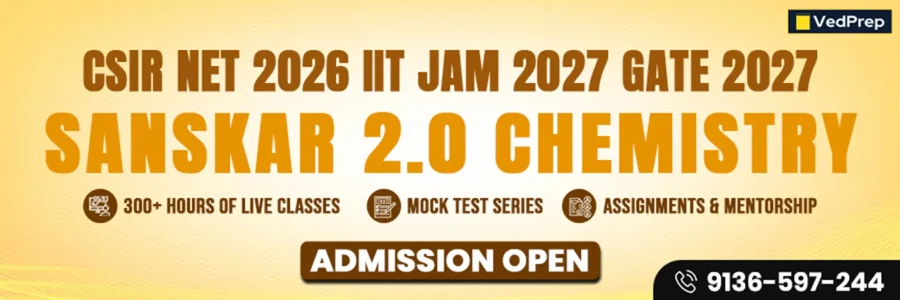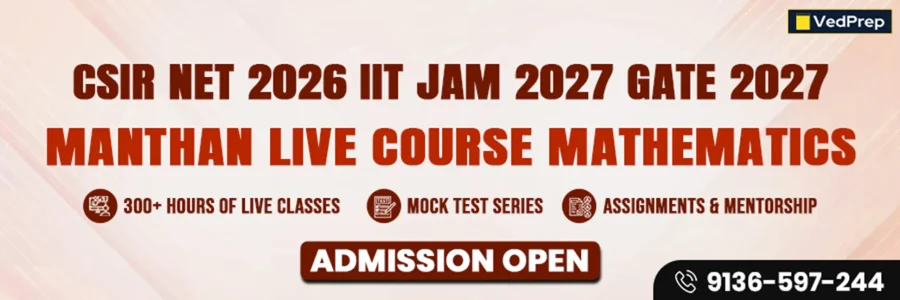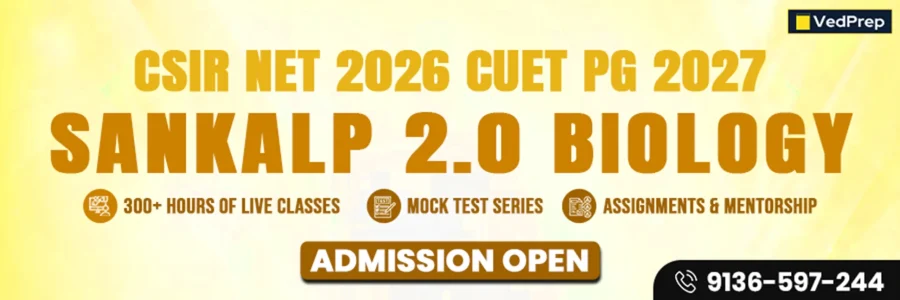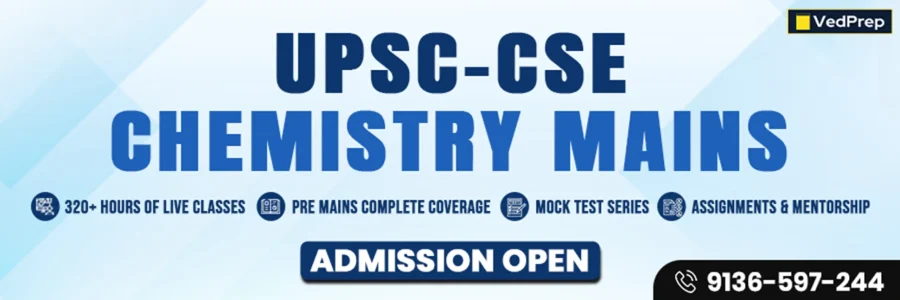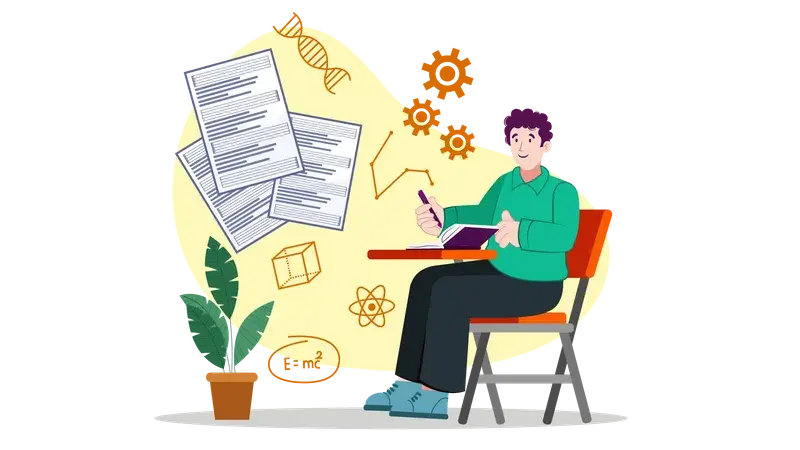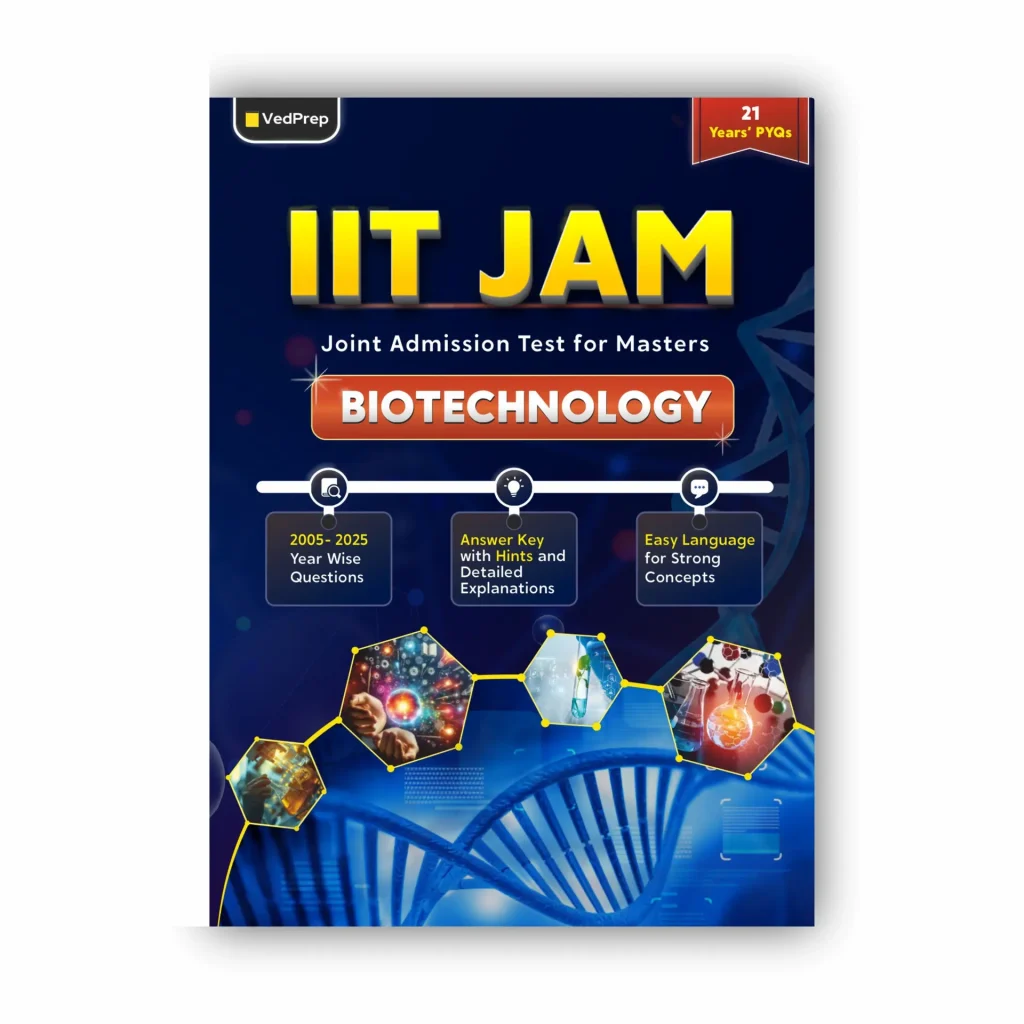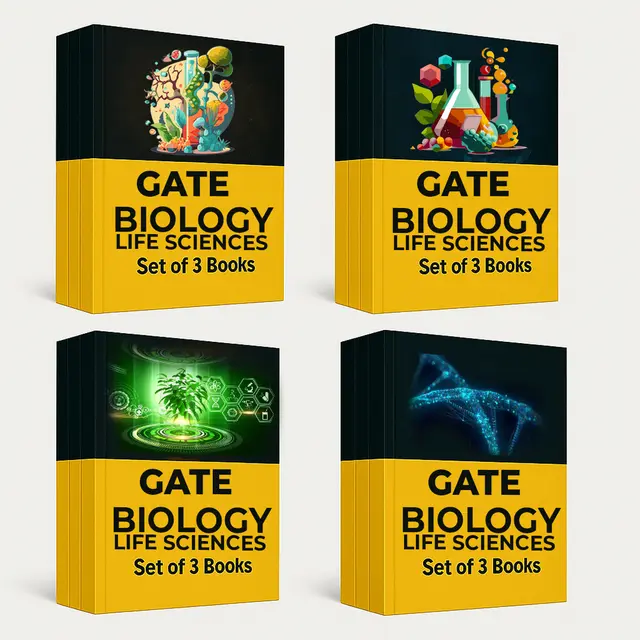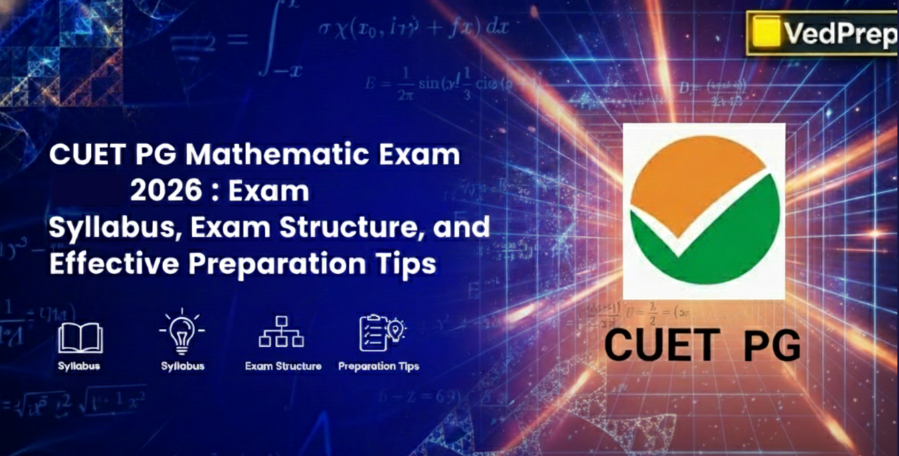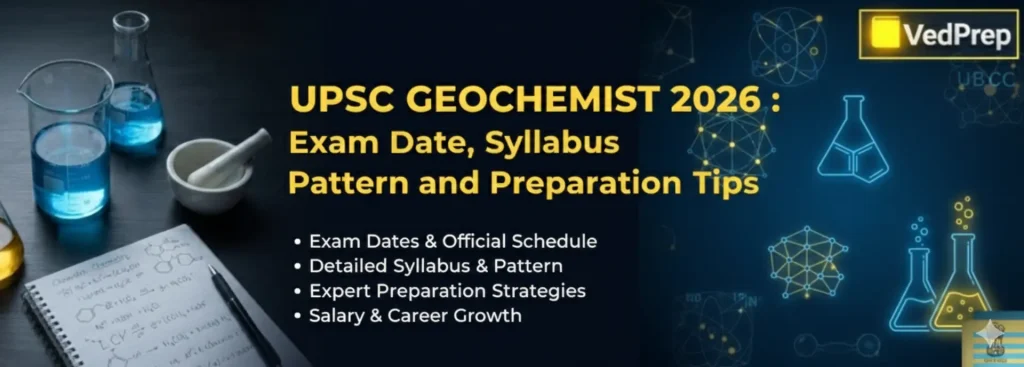IIT Guwahati will conduct the GATE Exam 2026 to facilitate postgraduate admissions in IITs & IISc and PSUs recruitment. The GATE ECE syllabus will be published by the IIT Guwahati Officials along with an information brochure. Candidates who wish to appear for the GATE ECE Exam 2026 must be familiar with the GATE ECE Syllabus 2026 to create an effective study plan.
The GATE ECE Syllabus 2026 covers important topics such as Analog Circuits, Digital Circuits, Control Systems, etc. With the help of the GATE ECE syllabus 2026, candidates can focus on important topics, and this will help in revision and making an effective plan to focus on weak topics. We have provided here the GATE ECE syllabus 2026 in a brief description, along with the exam pattern and weightage of topics.
Also Read GATE Exam 2026
GATE ECE Syllabus 2026
Candidates who wish to take admission in gate Electronics and Communication Engineering(ECE) examination 2026 must be familiar with GATE ECE Syllabus 2026. GATE ECE Exam is one of the toughest Exams so for qualifying with good rank, candidates have to build a perfect and scheduled study plan.
In order to ace, candidates must have deep knowledge of that subject and good command on solving the problems. Reviewing the comprehensive topics will boost the preparation.
GATE 2026 ECE Exam Pattern
Before planning to appear in GATE ECE Exam 2026, candidates have to be unfamiliar with the GATE Exam Pattern 2026. This will help to understand the paper like the paper code, mode of Exam, No. of questions, marking scheme and more. The details information about GATE ECE Exam pattern 2026 is given in the table below
| GATE 2026 ECE Exam Pattern | |
| Branch | Electronics and Communication Engineering |
| Paper Code | EC |
| Exam Mode | Online |
| Total Marks | 100 |
| Number of Questions | 65 |
| Types of Questions |
|
| Number of Sections | There are three sections-
|
| Section-wise Weightage |
|
| Total Time Duration | 3 hours (180 minutes) |
| Sectional Time-Limit | None |
| GATE ECE Negative Marking | 1/3 negative marking for 1 mark questions, 2/3 negative marking for 2 mark questions |
Also read GATE Exam Pattern
GATE ECE Syllabus 2026 For General Aptitude
GATE ECE Syllabus 2026 examines candidates’ conceptual and verbal knowledge, Problem solving skill and decision making ability. GATE ECE Syllabus 2026 for general aptitude contains the topics like verbal, Quantitative, Analytical, and spatial aptitude. The detailed table is given below
| GATE ECE Syllabus 2026 For General Aptitude | |
| Topics | Syllabus |
| Verbal Aptitude |
|
| Quantitative Aptitude |
|
| Analytical Aptitude |
|
| Spatial Aptitude |
|
GATE ECE Syllabus 2026 For Engineering Mathematics
Engineering Mathematics is an important part of GATE ECE syllabus 2026. It covers the logical and mathematical parts which are used in Engineering and mathematics. It improves the solving skill, making decision ability and solving ideas.
Here are the major topics that asked in GATE ECE Syllabus are given in the table below
| GATE ECE Syllabus 2026 For Engineering Mathematics | |
| Sub-topics | Syllabus |
| Linear Algebra |
|
| Calculus |
|
| Differential Equations |
|
| Vector Analysis |
|
| Complex Analysis |
|
| Probability and Statistics |
|
GATE ECE Syllabus 2026 Topic Wise
GATE ECE Syllabus 2026 contains questions in paper from undergraduate level and covers various topics that are important for Exam point of view. THE GATE ECE Syllabus 2026 syllabus with subject, topic and subtopic are given in the table below
| GATE ECE Syllabus 2026 For Core Subjects | ||
| Subject Name | Topic | Subtopic |
| Networks, Signal & Systems | Circuit Analysis |
|
| Continuous-time Signals |
|
|
| Discrete-time Signals |
|
|
| Electronic Devices | Semiconductors |
|
| Carrier Transport |
|
|
| Diode |
|
|
| Analog Circuits | Diode Circuits |
|
| Amplifiers |
|
|
| Op-amp Circuits |
|
|
| Digital Circuits | Number Representations |
|
| Combinatorial circuits |
|
|
| Sequential Circuits |
|
|
| Data Converters Semiconductor |
|
|
| Memories |
|
|
| Computer Organization |
|
|
| Control Systems | Basic control system components |
|
| Transient and steady-state analysis of LTI systems |
|
|
| Communications | Random Processes |
|
| Analog Communications |
|
|
| Information Theory |
|
|
| Digital Communications |
|
|
| Fundamentals of error correction |
|
|
| Electromagnetics | Maxwell’s Equations |
|
| Plane Waves and Properties |
|
|
| Transmission Lines |
|
|
| Waveguides and Antennas |
|
|
Also read GATE PYQs
GATE ECE Syllabus 2026 PDF Download
Candidates can download GATE ECE SYllabus 2026 in PDF from the official website of gate.iitg.ac.in after the releasing of information brochure by IIT Guwahati officials. Candidates can improve their preparation and can focus on important topics with the help of GATE ECE Syllabus 2026.
| GATE ECE Syllabus PDF Download |
GATE ECE Syllabus 2026 Weightage
GATE ECE Syllabus 2026 weightage based on number of questions and their marks are summaries in percentage for each topic. On the basis of this the important topics can be easily considered and will be focused during GATE preparation. The detailed analysis of weightage of topic is given in the table below
| GATE ECE Syllabus Weightage 2026 | ||||
| Subjects | 1 Mark Questions | 2-Mark Questions | Total Marks | Weightage Analysis |
| Digital Circuits | 3 | 3 | 8 | 9% |
| Control Systems | 1 | 2 | 5 | 5% |
| Engineering Mathematics | 5 | 4 | 13 | 13% |
| Analog Circuits | 3 | 2 | 7 | 7% |
| Signal Systems | 4 | 3 | 10 | 10% |
| General Aptitude | 5 | 5 | 15 | 15% |
| Communication | 3 | 5 | 13 | 13% |
| Networks Theory | 2 | 5 | 12 | 12% |
| Electronic Devices | 2 | 2 | 6 | 6% |
Also read GATE Books
GATE ECE Syllabus 2026 FAQs
Who will conduct the GATE ECE Exam 2026?
IIT Guwahati will conduct GATE ECE Exam 2026.
How many sections are there in the GATE ECE core subject?
There are 8 sections in GATE ECE core subject
Which topic is most important to the GATE weightage 2026?
Two topics holds 13% marks for each topic after general aptitude which is 15% in GATE ECE syllabus 2026.
How can we download GATE ECE syllabus2026 in PDF?
To download GATE ECE Syllabus 2026 in PDF, candidates can visit Official website of IIT Guwahati.
How many sections are there in the GATE ECE question paper ?
Mainly there are three sections in GATE ECE Syllabus 2026 like general aptitude, engineering mathematics and core subject

